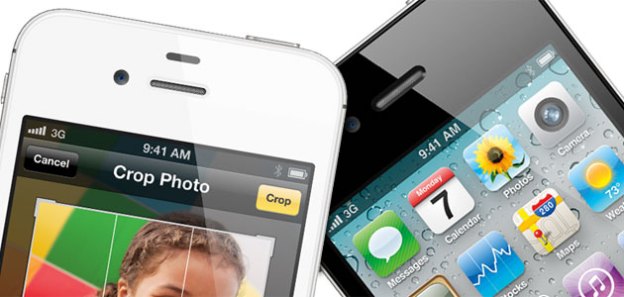
According to a report from The Guardian, Apple engineers have started contacting vocal iPhone 4S owners that have been complaining about the rapidly draining iPhone 4S battery. During the initial iPhone 4S presentation earlier this month, Apple mentioned that standby time for the iPhone 4S battery was rated at about 200 hours or a bit over eight days. This is a large drop from the 300 hour standby time of the iPhone 4 and iPhone 3GS, likely due to the upgrades to the internal hardware within the iPhone 4S. One iPhone 4S user reported that standby mode was eating up approximately ten percent of the battery power each hour and eventually draining the battery by the end of the workday.

The “Setting Time Zone” function can be located within Settings, moving into “Location Services”, scrolling down to “System Services” and sliding the toggle on “Setting Time Zone”. Apple engineers will likely adjust settings within the next iOS 5 update to modify how often location-based apps are automatically updated to allow for greater battery life for all iPhone 4S users.
Editors' Recommendations
- How to schedule a text message on your iPhone
- Best refurbished iPhone deals: Get an iPhone 14 for $513
- An Apple insider just revealed how iOS 18’s AI features will work
- 5 phones you should buy instead of the iPhone 15
- iPhone 16: news, rumored price, release date, and more


